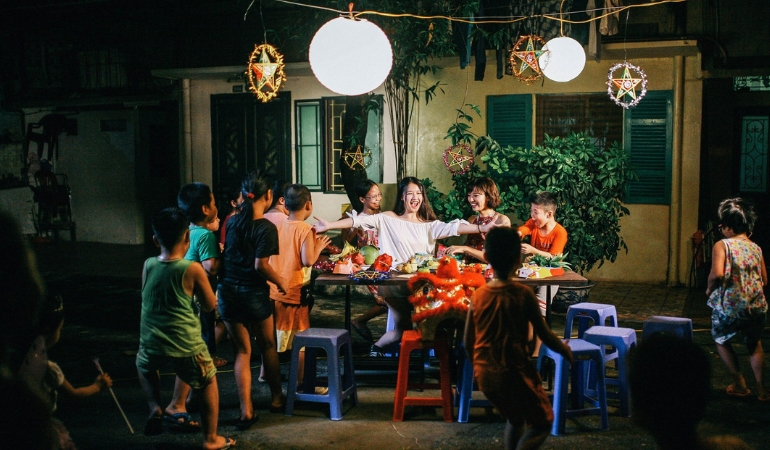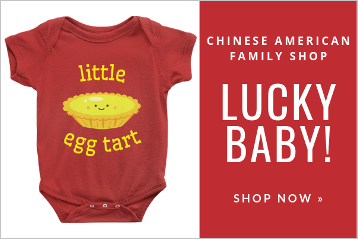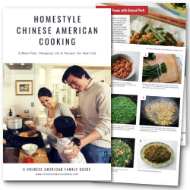This article is part of our Mid-Autumn Festival Family Guide. Sign up for our newsletter to receive our best activity, recipe and craft ideas before every Chinese holiday.
Mid-Autumn Festival traditions focus on thanksgiving and reunion, themes that should resonate strongly in today’s fast-paced world. Here’s how you can slow life down to enjoy the Mid-Autumn Festival’s simple pleasures, even if the holiday falls on a busy school night.
Here’s the back story. The Mid-Autumn Festival honors Chang’e, the moon goddess of immortality, and provides a moment to relax after the busy harvest. The full moon symbolizes unity and offerings are made in the hopes for long life, reunion with distant relatives and new romance.
The simplest way to celebrate the Mid-Autumn Festival is to visit with family under the moonlight. Traditionally, auspicious round foods like mooncakes, watermelon, taro and pomelos were offered to Chang’e on an outdoor altar. Today, it’s more common to chat with family or play mahjong while eating and discussing work, children and future plans.
Drink osmanthus-flavored wine. Enjoying sweet-smelling osmanthus wine during the harvest season when its flowers are in full bloom symbolizes family unity and a happy life. You can find osmanthus wine at your local Chinese grocer.
It’s also fun to make colorful paper lanterns with your kids. While the days of village lantern parades may be past, children still enjoy brightly-lit lanterns shaped like rabbits, fish and fruit to delight Chang’e. Let’s all agree to stay away from plastic, store-bought models.
Taking a moment to toast the sweetness of life in the waning days of summer is a tradition known around the world. When the Mid-Autumn Festival arrives, be sure to find the time to sit with family under the full moon and give thanks for the simple pleasures in your world.
Your turn! Do you have any other questions about Mid-Autumn Festival traditions? I’d love to hear from you in the comments section below!
HT: Photo by Wallpaper for Computer.





Jill Kuok Friedman
Thank you, Wes. I am a Chinese woman from Singapore who has spent 50 years in the USA, namely in Hawaii. There, the Chinese community celebrates Chinese New Year, but often forgets the other festivals such as the Moon Festival. I was fortunate enough to have met the “Matriarchs” of the Chinese community when I first arrived 50 years ago, as a young college student. The “aunties” as I respectfully called them, welcomed me in with invitations to their dinner parties around the auspicious dates – the lunar new year, birthdays and babies “full month” celebrations. The dear Aunties have since all passed on, so I am trying to rekindle the same spirit of thankfulness” and “generousity” in the community with the help of their descendants. I appreciate what you are doing, and applaud you for your efforts.
Aloha
Jill K Friedman
Wes Radez
Thank you for that kind greeting, Jill. That’s exactly the spirit this site is built on. Welcome to this community! ~Wes
Josh
Greetings, Wes. Thanks for your article. Wouldn’t you say the story of Chang’e is a tragedy? Maybe it’s a reminder of how important family is. And why did Chang’e keep a pet rabbit with her on the moon?
Wes Radez
Hi Josh, there are definitely elements of melancholy and yearning in the story. Simple themes of romance, separation and reunion. ~Wes